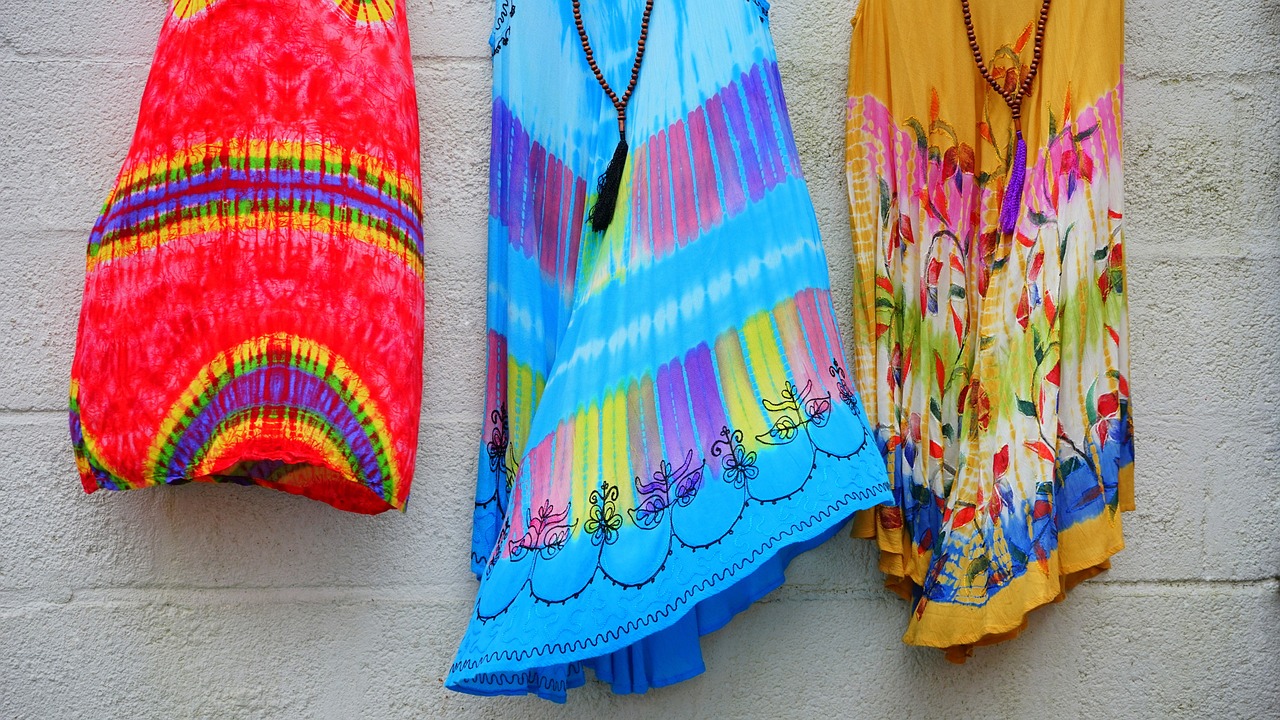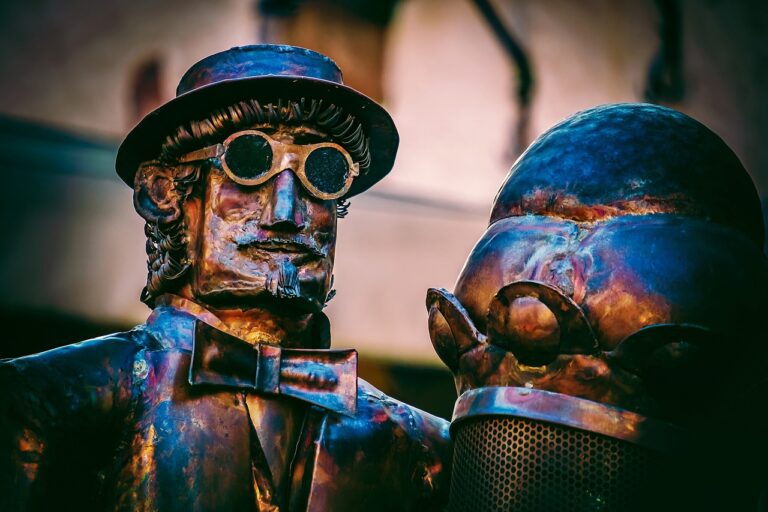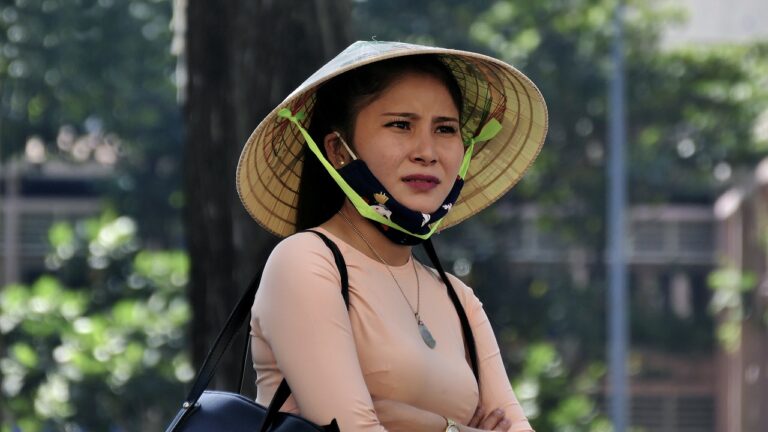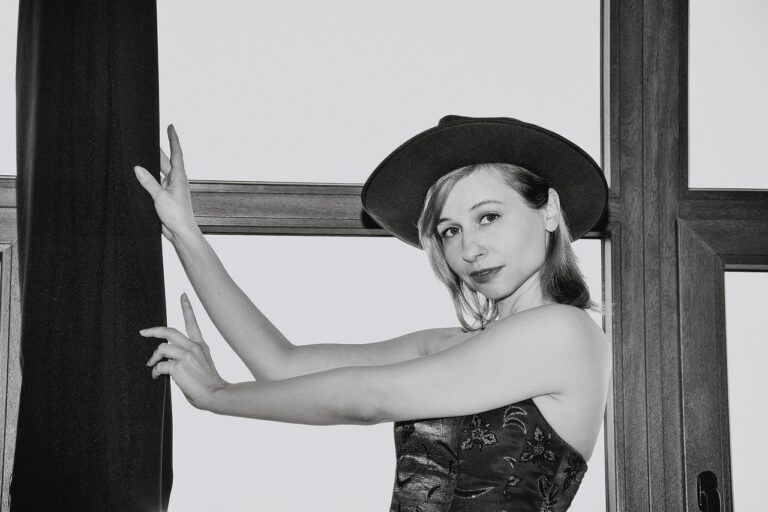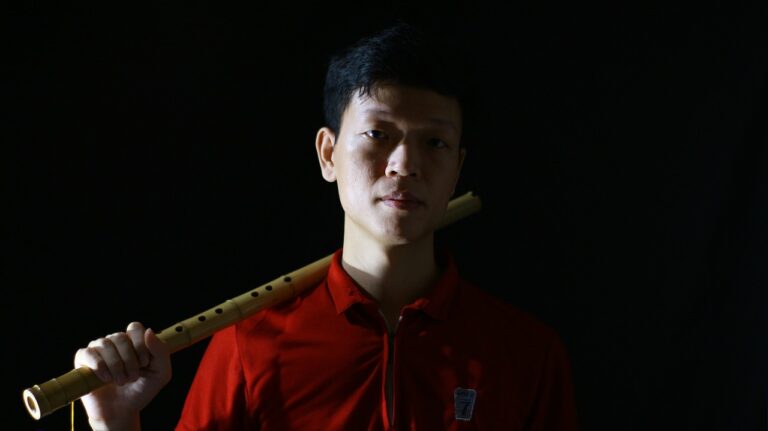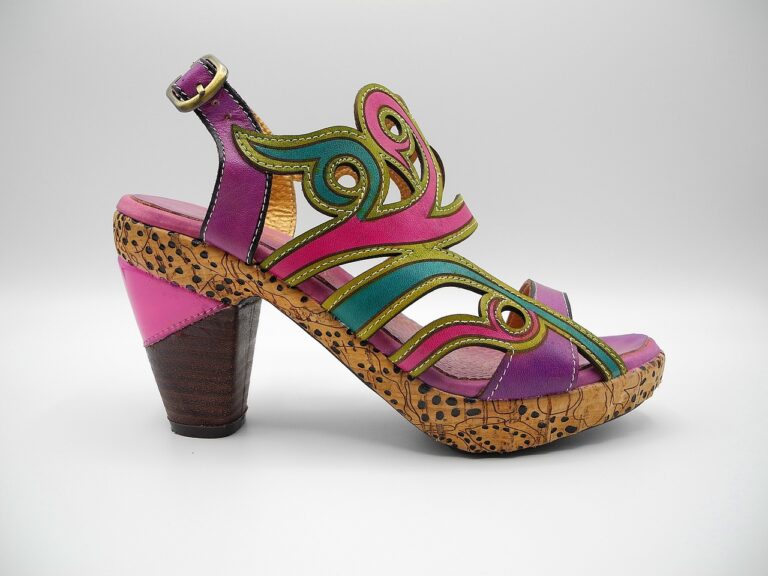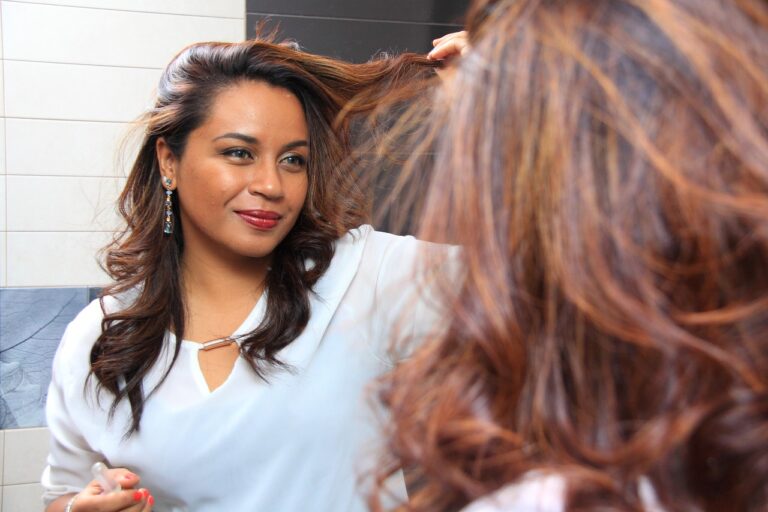Fashion Psychology: Understanding Consumer Motivations in Department Stores: 11xplay reddy login password, Diamondexch9 id, Skyexchange id
11xplay reddy login password, diamondexch9 id, skyexchange id: Fashion Psychology: Understanding Consumer Motivations in Department Stores
We all know the feeling of walking into a department store and being instantly overwhelmed by the endless racks of clothes, shoes, and accessories. But have you ever stopped to think about why youre drawn to certain items or why you make the purchasing decisions that you do? The field of fashion psychology seeks to answer these questions by understanding the psychology behind consumer behavior in the world of retail.
In this article, we will explore the various factors that influence consumer motivations in department stores and how retailers can use this knowledge to better cater to their customers. From the impact of store layout and design to the psychology behind sales and promotions, we will delve into the fascinating world of fashion psychology.
1. The Power of Color
Have you ever noticed how certain colors make you feel a certain way? Colors play a crucial role in influencing consumer behavior in department stores. For example, warm tones like red and orange are often used to create a sense of urgency and excitement, while cool tones like blue and green are calming and soothing. Retailers strategically use color psychology to evoke specific emotions in their customers and encourage them to make purchases.
2. Store Layout and Design
The layout and design of a department store can significantly impact consumer motivations. For example, placing high-end designer items at the front of the store can create a sense of exclusivity and luxury, enticing customers to explore further. By strategically arranging items and creating visually appealing displays, retailers can guide consumers through the store and influence their purchasing decisions.
3. The Role of Music
Music is another powerful tool used by retailers to influence consumer behavior. Upbeat music can create a lively atmosphere and encourage customers to browse and shop for longer periods. On the other hand, slow, calming music can create a relaxed environment, making customers more likely to make thoughtful and considered purchases. Retailers carefully select the music played in their stores to create a specific ambiance that aligns with their brand and target demographic.
4. Social Proof
Consumer behavior is greatly influenced by the opinions and actions of others. When customers see their peers trying on and purchasing certain items, they are more likely to follow suit. This concept, known as social proof, plays a significant role in department stores, where the presence of other shoppers can create a sense of urgency and influence purchasing decisions. Retailers can leverage social proof by showcasing popular items or incorporating customer reviews and testimonials into their displays.
5. The Psychology of Sales and Promotions
Sales and promotions are a cornerstone of retail marketing strategies, tapping into consumers desire for discounts and deals. The psychology behind sales lies in the principle of scarcity when customers perceive an item to be limited in quantity or available for a limited time, they are more likely to make a purchase. By creating a sense of urgency through time-limited promotions or limited-edition collections, retailers can drive consumer motivation and increase sales.
6. Personalization and Customization
In an increasingly competitive retail landscape, personalization and customization have become essential tools for engaging customers and driving loyalty. Department stores can leverage technology to offer personalized recommendations based on customers browsing and purchasing history, creating a tailored shopping experience that caters to individual preferences. By allowing customers to customize products or services to their liking, retailers can create a sense of exclusivity and uniqueness that resonates with consumers.
7. The Role of Emotions
Emotions play a significant role in consumer behavior, driving individuals to make purchases based on how they feel in the moment. Retailers can capitalize on this by creating emotional connections with their customers through storytelling, imagery, and branding. By evoking feelings of nostalgia, joy, or aspiration, retailers can tap into consumers emotions and create a lasting impression that influences their purchasing decisions.
8. The Impact of Social Media
Social media has transformed the way consumers engage with fashion brands and department stores. Platforms like Instagram and Pinterest provide a space for retailers to showcase their products, connect with customers, and drive sales. Influencers and celebrity endorsements can also play a significant role in shaping consumer motivations, as followers are often inspired to emulate their favorite personalities style and fashion choices. By leveraging social media as a marketing tool, retailers can reach a broader audience and cultivate a loyal customer base.
9. The Future of Fashion Psychology
As technology continues to evolve and consumer preferences shift, the field of fashion psychology will play an increasingly vital role in understanding and predicting consumer motivations. By staying attuned to trends in consumer behavior, retailers can adapt their strategies to meet the ever-changing needs and desires of their customers. From virtual try-on experiences to personalized shopping recommendations, the future of fashion psychology holds exciting possibilities for the world of retail.
In conclusion, understanding consumer motivations in department stores is essential for retailers looking to create impactful shopping experiences and drive sales. By incorporating key principles of fashion psychology into their strategies, retailers can connect with customers on a deeper level, influencing their purchasing decisions and fostering brand loyalty. From the power of color and store layout to the impact of social media and personalization, the intersection of psychology and fashion offers endless opportunities for retailers to engage with their customers and stay ahead of the curve.
FAQs
Q: How can retailers use fashion psychology to improve their marketing strategies?
A: Retailers can leverage fashion psychology principles to create personalized shopping experiences, drive impulse purchases, and cultivate emotional connections with their customers. By understanding the psychology behind consumer behaviors, retailers can tailor their marketing strategies to resonate with their target demographic and drive sales.
Q: What role does technology play in shaping consumer motivations in department stores?
A: Technology plays a significant role in shaping consumer motivations by enabling retailers to offer personalized shopping experiences, leverage social media as a marketing tool, and provide innovative solutions like virtual try-on experiences. By incorporating technology into their strategies, retailers can stay ahead of the curve and meet the evolving needs of their customers.
Q: How can retailers create a sense of exclusivity and luxury to attract customers?
A: Retailers can create a sense of exclusivity and luxury by strategically positioning high-end designer items, offering limited-edition collections, and showcasing premium products in visually appealing displays. By creating a luxurious shopping environment, retailers can attract customers seeking a unique and upscale shopping experience.

